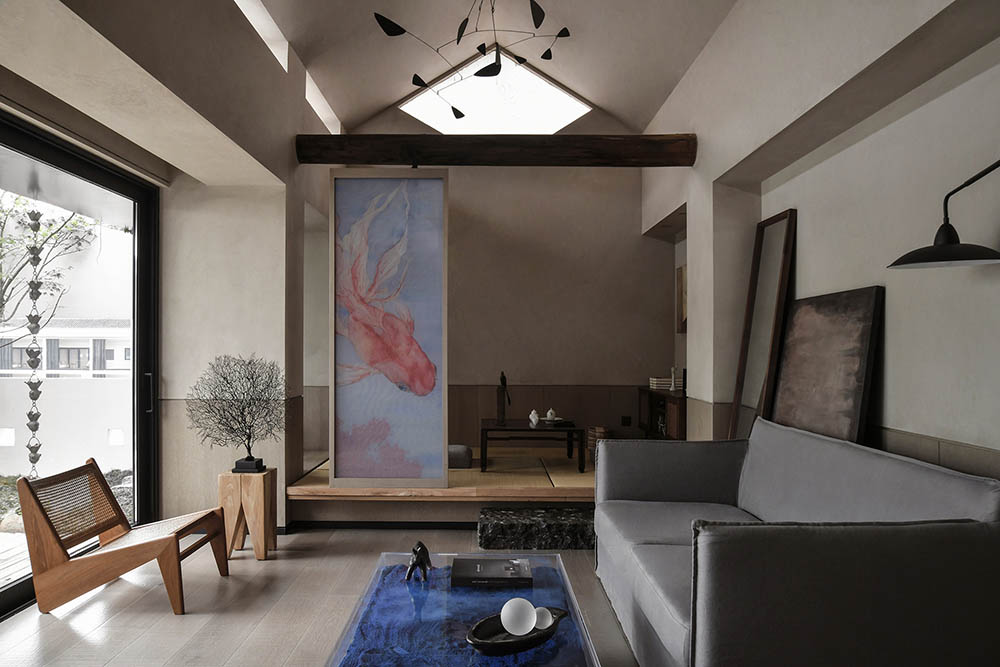
The feeling of home comes with the desire to relax and find peace after long days out in the world. Asian decor and way of life emphasize tranquility and are a beautiful theme to incorporate into your home.
When using Asian-themed interiors, always keep these three things in mind: incorporate nature as much as possible, think of your energy and the energy of your living space (chi), and lastly, consider the cultural influences that inform Asian decor. These cultures include Chinese, Japanese, and Korean cultures.
This form of interior design is synonymous with no clutter, minimalistic decor, and harmonious balance with nature. All these add a soothing element to living spaces.
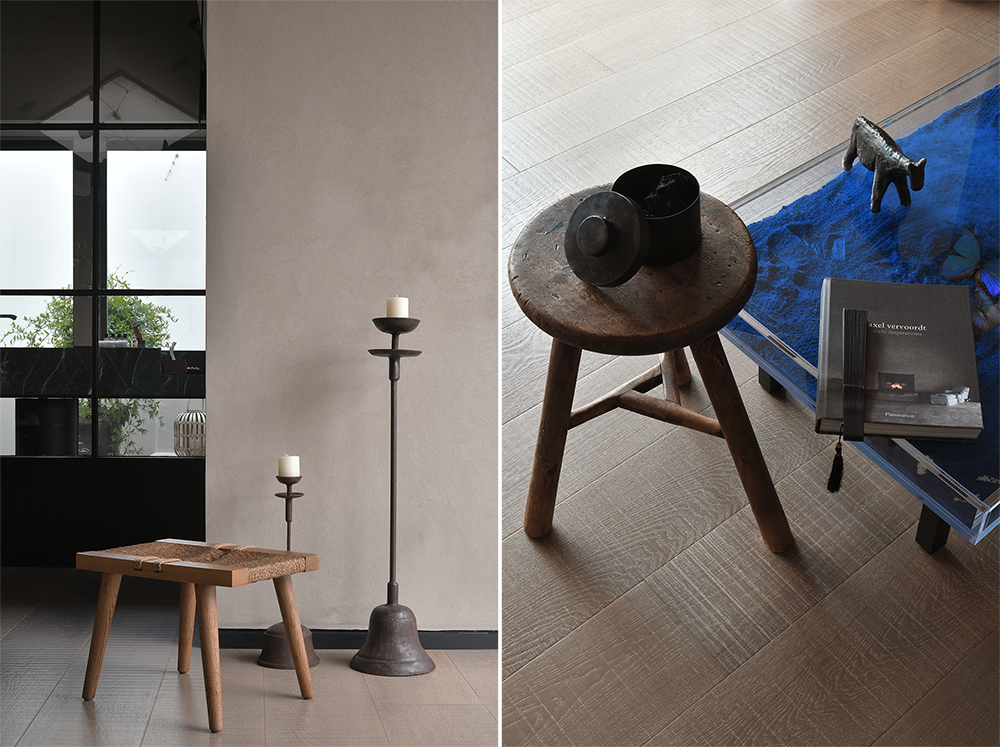
Adopt Minimalism and Simplicity
Asian design embraces minimalism, favoring simplicity and functionality. Clean lines, uncluttered spaces, and a focus on essential elements create a calming atmosphere.
Start by decluttering the space. Remove unnecessary items and keep only what serves a purpose or holds sentimental value.
Select furniture that is functional, sleek, and minimalist in design. Choose pieces with clean lines and simple silhouettes. Use low-profile furniture, like tatami mats, platform beds, and expanding dining tables.
Feng-shui your space. Feng Shui is a Chinese practice focused on harmonizing individuals with their environment. It involves arranging furniture and decor to optimize the flow of energy (chi) throughout a space, promoting balance and well-being. This is a mindful way of incorporating minimalism and decor in your home.
Allow the concept of negative space (or “ma” in Japanese), which refers to having empty spaces between objects. Letting space breathe enhances the overall aesthetic and allows each element to stand out more prominently, creating more quiet in your home.
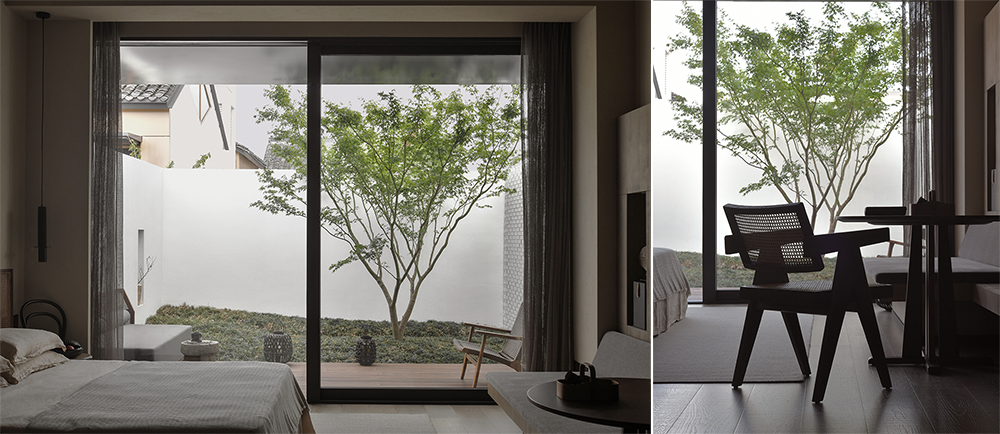
Embrace Nature
Asian decor is intimately connected to nature. Incorporating natural materials such as bamboo and stone into your decor is a great way to do this. You can start by using furniture made from bamboo or reclaimed wood and adding stone statues and pebble accents.
Another great way to embrace nature is by adding indoor plants and greenery to your living space, such as bonsai trees, orchids, and floral arrangements. Add wall art depicting landscapes and water features to evoke a serene natural setting.
Introduce a variety of natural textures to evoke a sense of tactile comfort. Incorporate soft fabrics like silk or cotton for upholstery and linens. Rattan or woven bamboo accents on furniture, along with tactile elements like shoji screens or grasscloth wallpapers, add depth and warmth to the space.
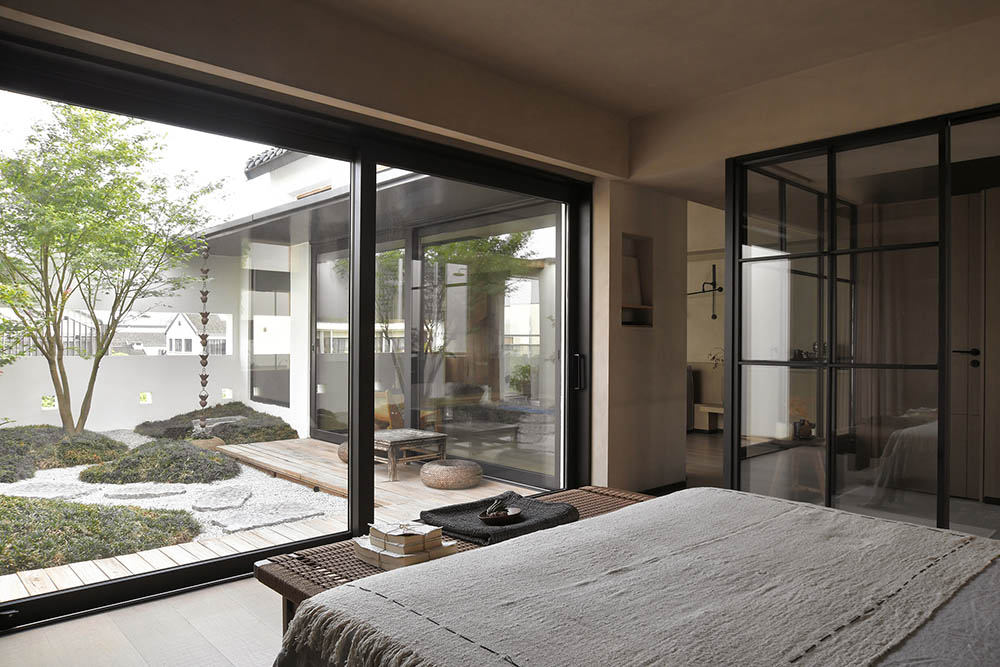
Incorporate a Lot of Natural Light and Openness
Asian decor incorporates a lot of seamless indoor-outdoor living. It creates a harmonious flow and a sense of continuity between the two environments. Add sliding doors or screens, such as Japanese shoji screens or Chinese wooden lattice panels. When you open them, you connect the interior to the outdoor spaces, allowing for a seamless transition between the two areas.
Asian-inspired homes sometimes have internal courtyards or gardens enclosed by architecture. It blurs the boundaries between indoors and outdoors. These areas serve as focal points visible from various parts of the home, bringing nature indoors and inviting a sense of tranquility.
Additionally, embrace an open layout to encourage a seamless flow between spaces. This, coupled with large windows and sliding doors, will create a lot of natural light, allowing the sunlight to filter through and creating airiness, which is very relaxing.
You can also add a few well-curated large mirrors to reflect light in the room, creating a sense of spaciousness and contributing to a peaceful ambiance.
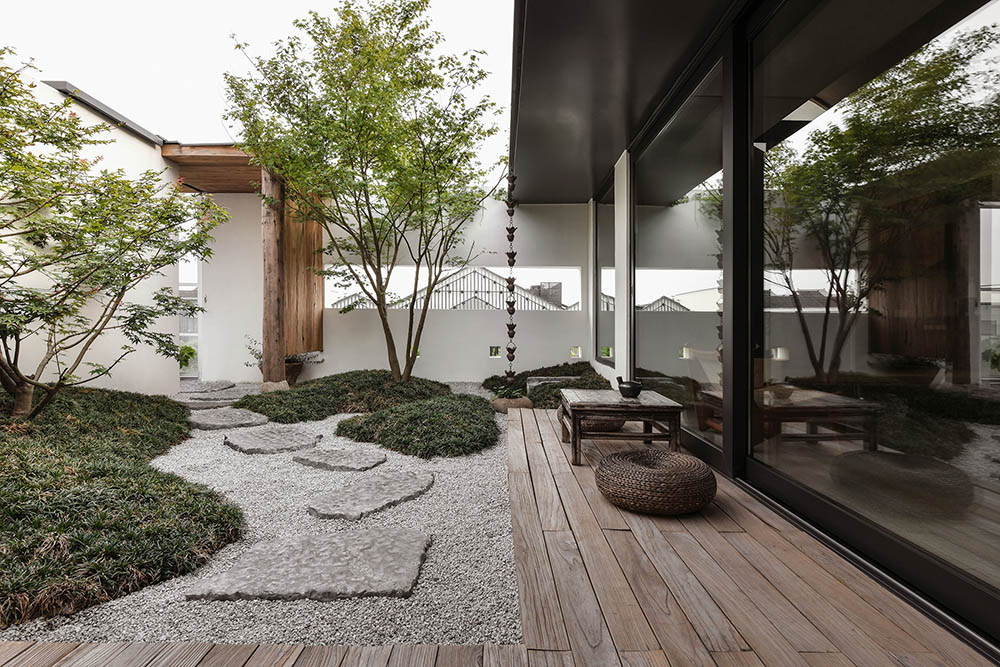
Curate Zen-Inspired Spaces
There is something relaxing about the Zen philosophy. Creating a space like a Japanese Zen garden, that is inspired by it could bring more tranquility into your home.
Build a meditation corner with floor cushions, a low table, and minimal decor. Start by choosing a quiet and peaceful area in your home that allows for privacy and minimal distractions. It could be a corner of a room, a dedicated alcove, or even a small area in a larger room.
Then select comfortable seating that supports your meditation practice. This can be floor cushions, a meditation pillow (zafu), a small bench, or a comfortable chair.
Lastly, bring in natural elements with a personal touch to foster a sense of calmness. Some great additions could include small stones, a calming water feature, some indoor plants, natural and textured rugs, and beautiful nature artwork. To add a special extra touch of tranquility add essential oils.
You may also consider a small indoor garden or a rock garden (Karesansui) as a contemplative focal point, encouraging a sense of calm and mindfulness. This is a dry garden made only of rocks. It can be a great way to incorporate meaningful rocks you may have picked up over the years.
Traditionally, Karesansui gardens use an odd number of rocks, usually arranged in groups of three, five, or seven. Create patterns, ripples, or lines in the sand or gravel around the rocks using a rake or a wooden comb. These patterns symbolize elements like water, waves, or ripples in a pond, and they contribute to the garden’s tranquil aesthetic.
You can also incorporate other elements, like moss, small plants, or miniature figurines, sparingly to complement the rock garden.
Images from VILLA in Xitang Ancient Town by Nature Times Art Design – See the full story here



what a stunning home